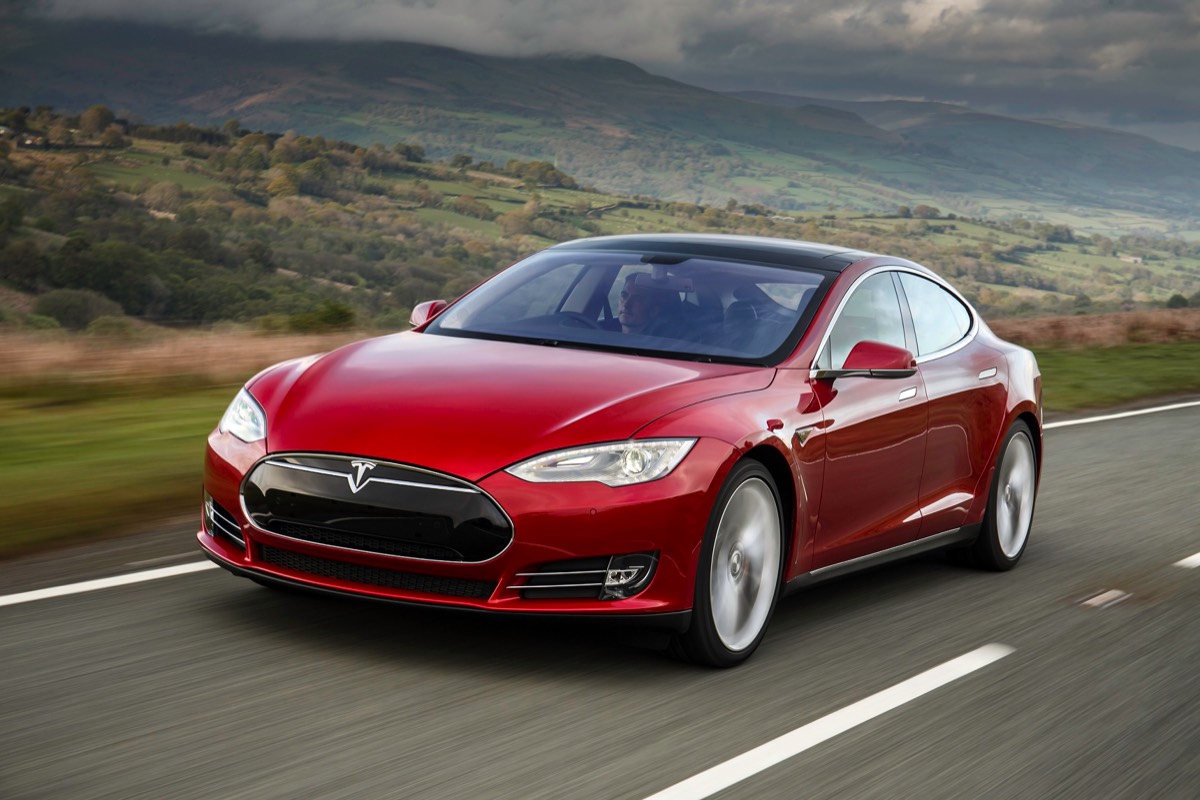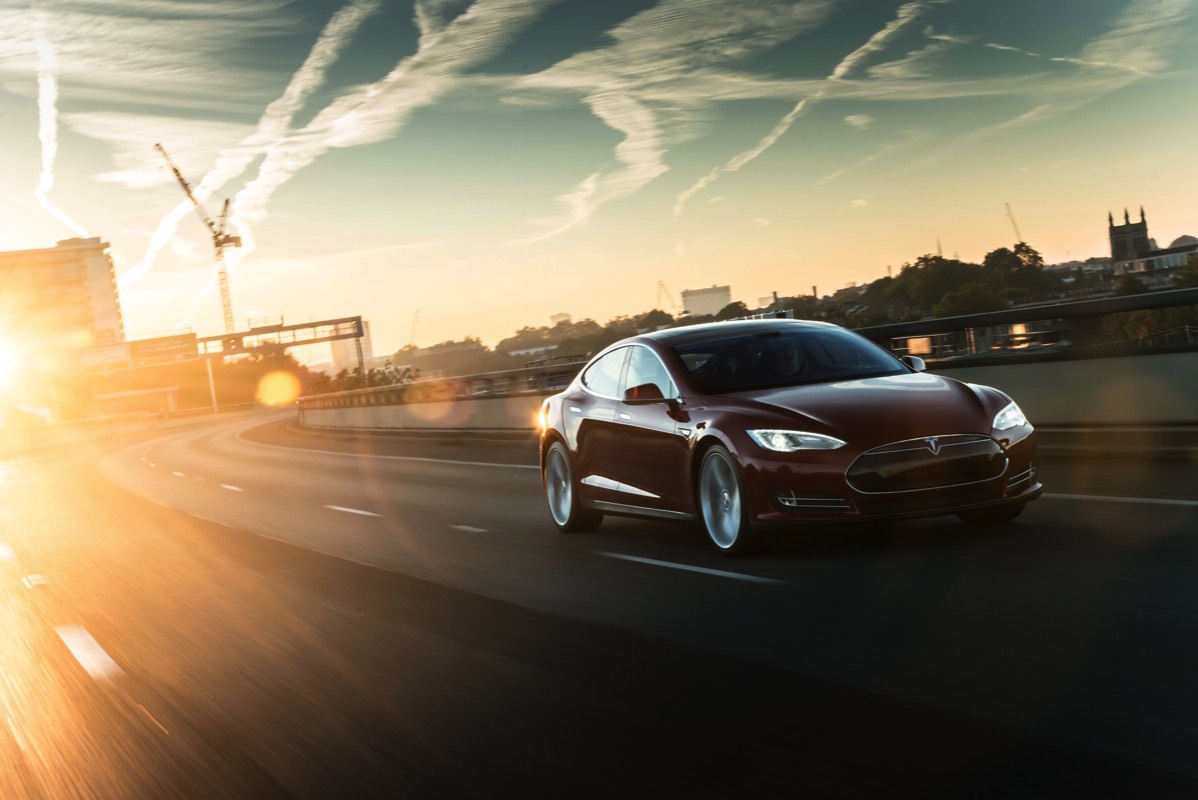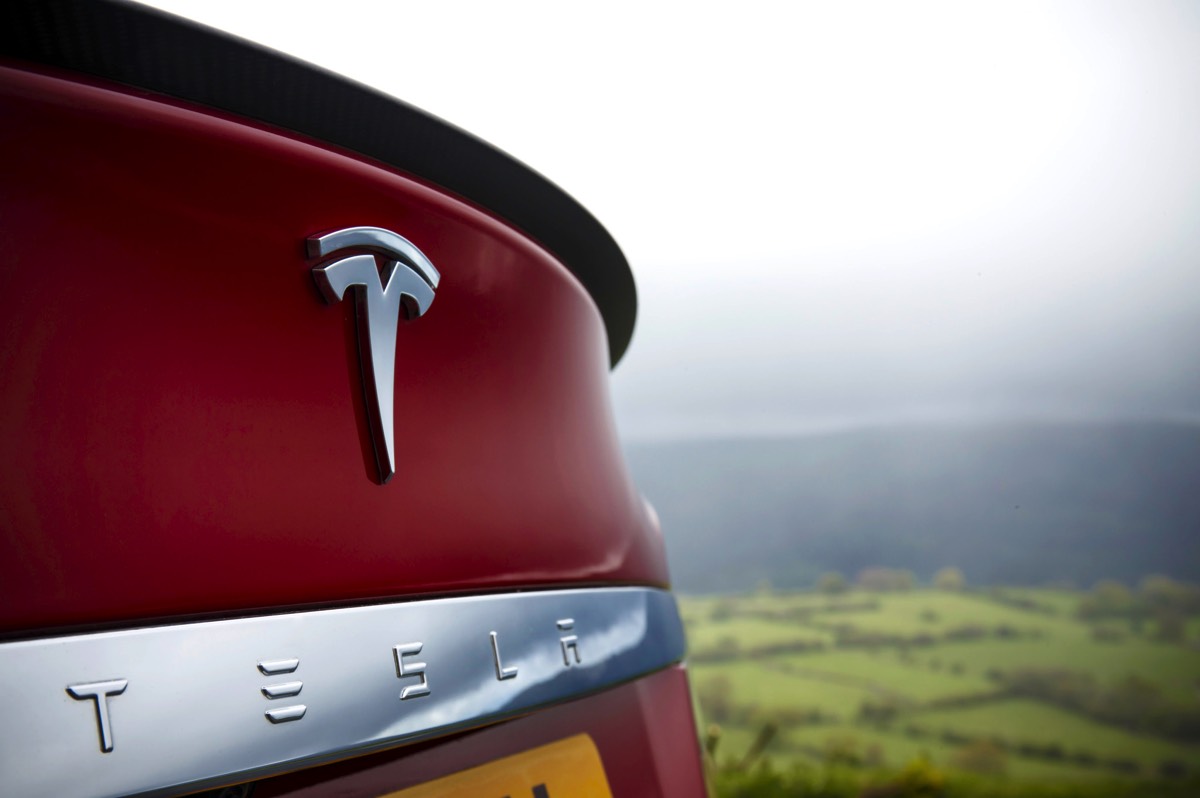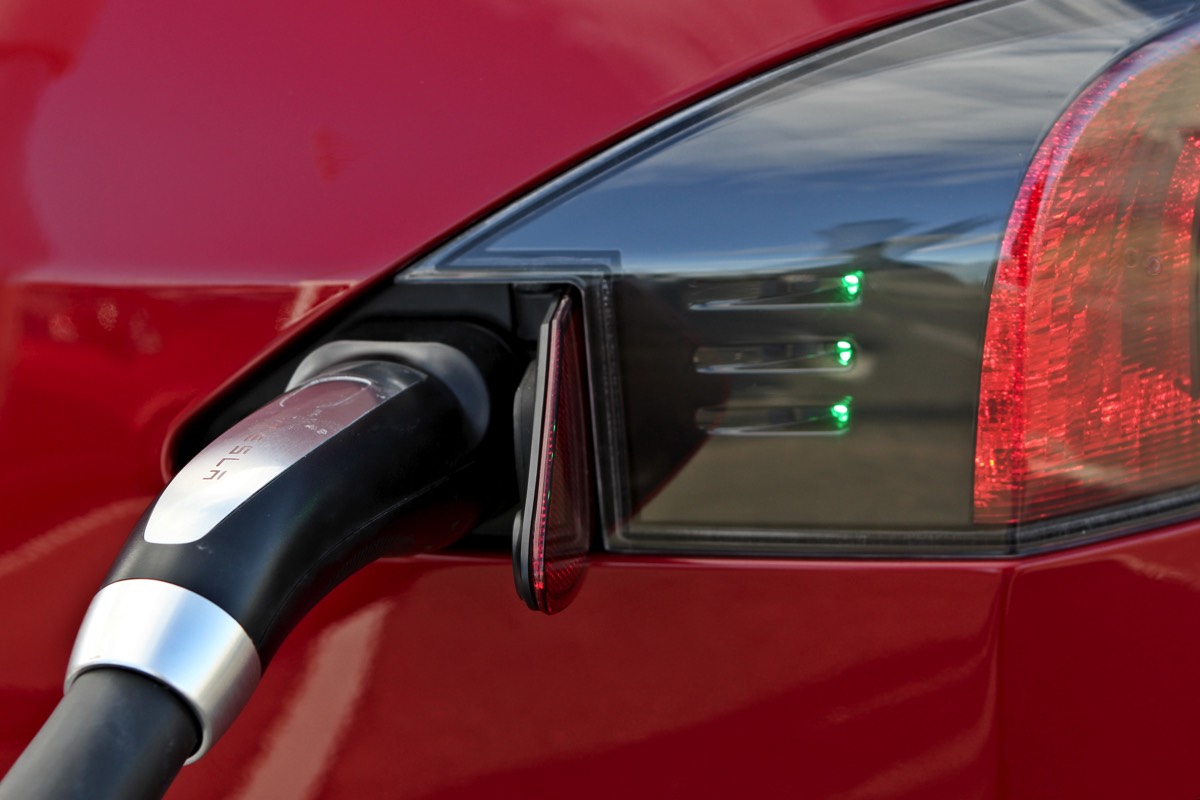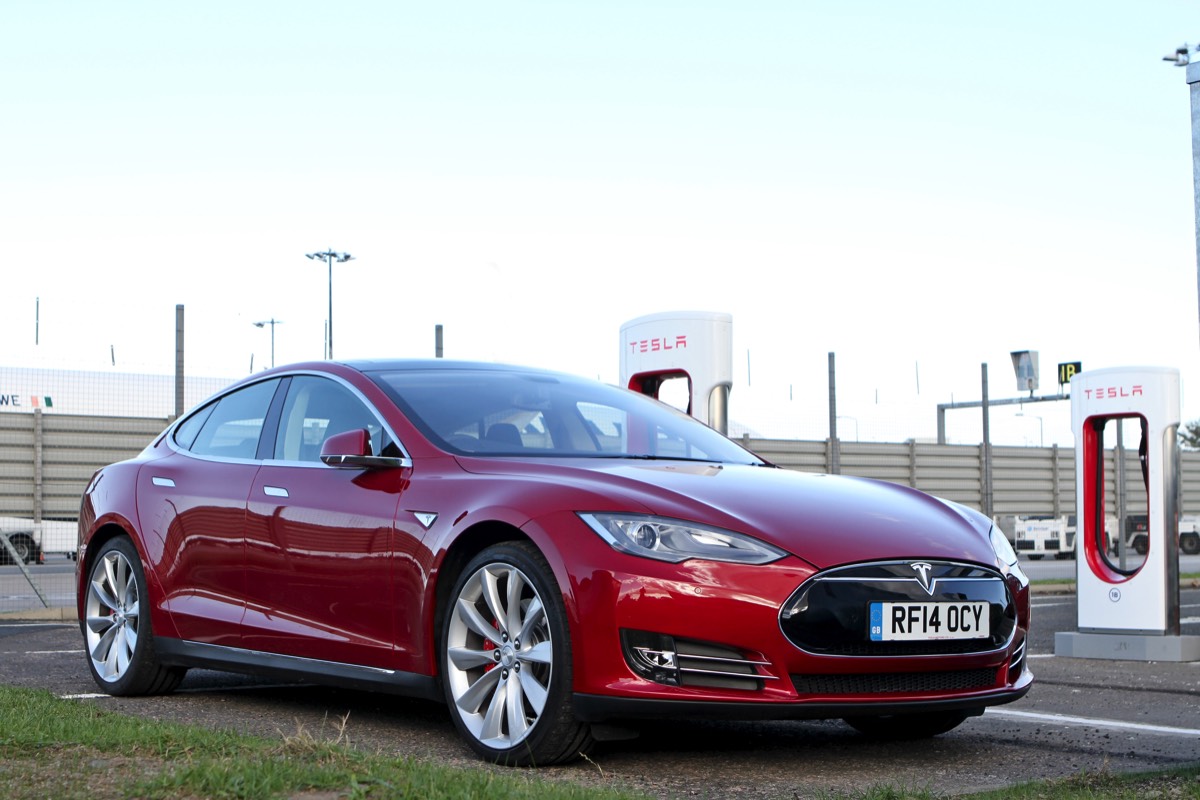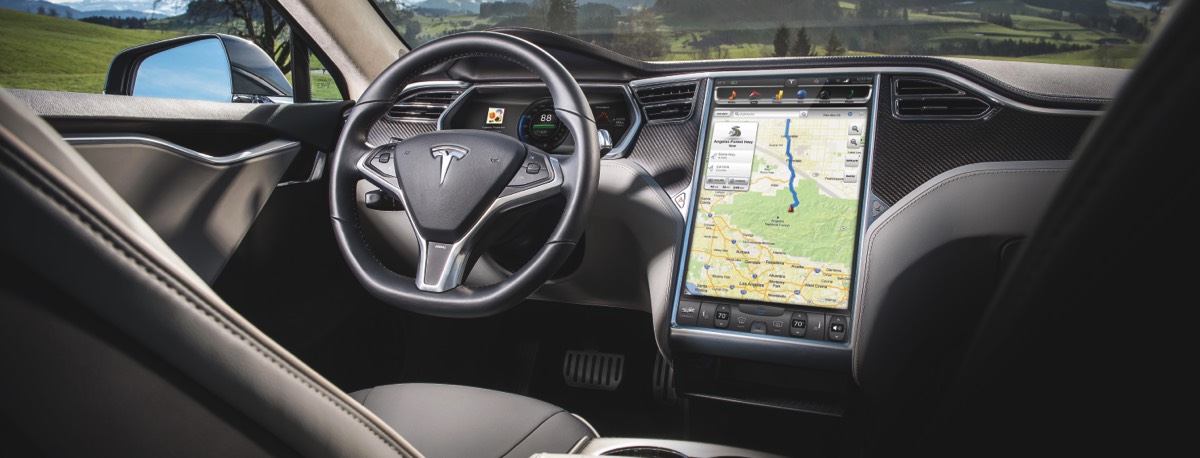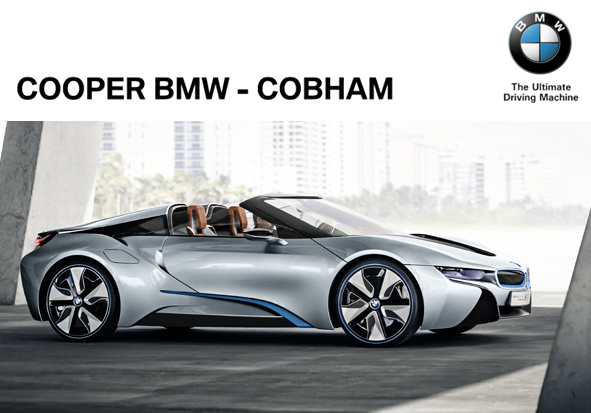MOTORING
Surrey’s Premier Lifestyle Magazine
Bright spark
Tesla’s recent worldwide recall may, for some, have created a slight whiff of trouble in the air, but this sort of thing is hardly unusual for car manufacturers and there are no safety issues. It hasn’t affected the company’s share price as Tesla is viewed as an energy company rather than a carmaker. So how far have we travelled down the all-electric car road? Euan Johns looks at Tesla’s latest offerings.
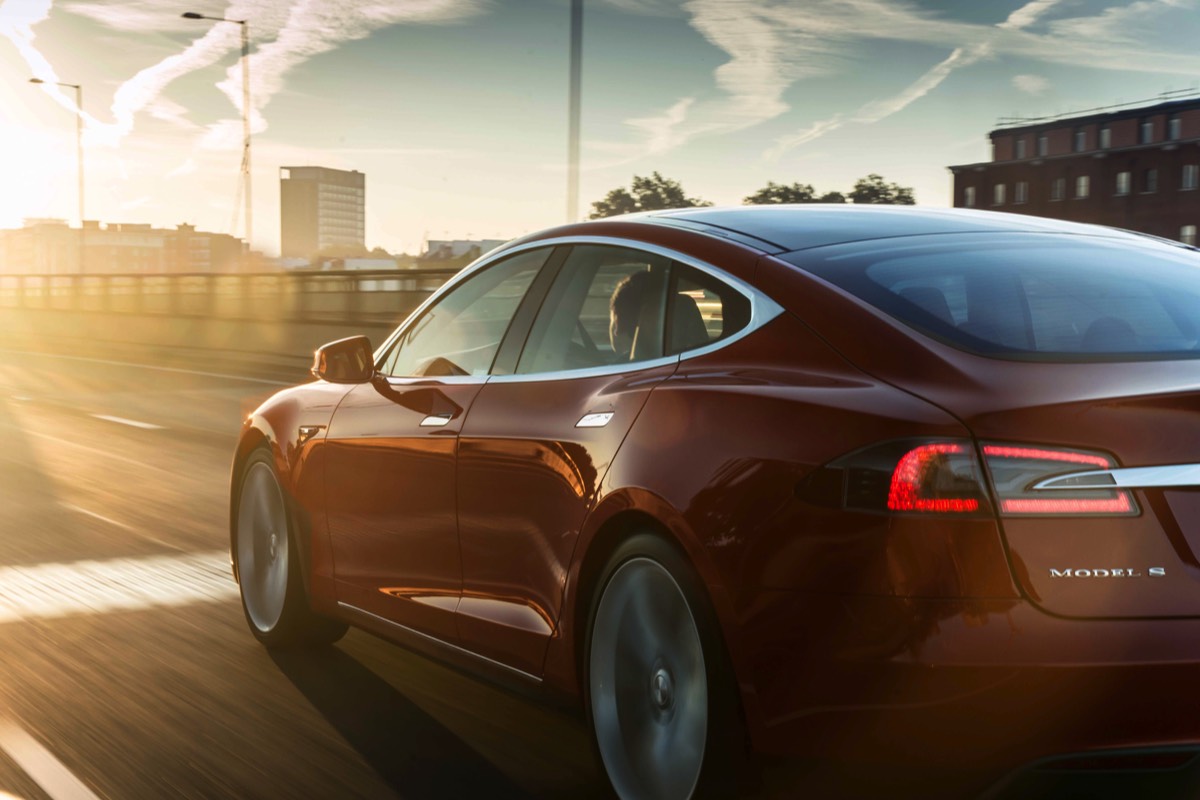
The voluntarily recalling of 53,000 of Tesla’s Model S and Model X electric cars came as a result of a fault found with one of the braking systems. The system is used in both vehicles and the fault is minor in that it may cause the parking brake to lock thus preventing vehicles from moving. To be on the safe side, Tesla wants to inspect them all, but estimates are that less than 5% of recalled cars might be affected. So nothing to worry about and a small recall in comparison to some from other prestigious marques.
CEO Eton Musk’s brainchild, Tesla, has sold more than 200,000 vehicles and the company produced just shy of 85,000 vehicles last year with increasing sales expanding with popularity.
The brake fault may no doubt provide some fuel for the electric car’s doom mongers, but it’s nothing to do with the battery technology of the cars. This has moved on apace and now provides some real alternatives to conventional vehicles, allowing electric cars to undertake longer driving distances.
The Tesla Model S P100D has added oomph thanks to the addition of a new 100kWh battery. It’s another hardware upgrade and these usually come with an almost constant supply of revisions and software upgrades, something to take note of, but to which anyone possessing a smart phone will be accustomed.
Officially the Model S P100D now has a range of 381 miles available from a fully charged battery. That translates in the real world to a respectable and comfortable 250 miles plus if driven carefully. And that is the watchword – no, not carefully, but if. The trouble is that being careful is trickier than first thought and it’s just not in many people’s physique.
As well as increasing the driving range, Tesla has increased the Model S’s performance to hyper car levels. A software update for cars with the ‘Ludicrous Speed’ upgrade (standard on the P100D) now means drivers can access ‘Ludicrous Plus’ mode.
Of course, wanting to behave like a petrol car changes things somewhat and the additional technology required to do so comes at a hefty price. Allied to a recent 5% price hike blamed on Brexit (why not, as everything else is at the moment?), the P100D costs an eye-popping £132,700 without the Government green car subsidy. In other words, it costs nearly twice as much as the basic rear-wheel-drive Model S 60 model.
CEO Eton Musk’s brainchild, Tesla, has sold more than 200,000 vehicles and the company produced just shy of 85,000 vehicles last year with increasing sales expanding with popularity.
The brake fault may no doubt provide some fuel for the electric car’s doom mongers, but it’s nothing to do with the battery technology of the cars. This has moved on apace and now provides some real alternatives to conventional vehicles, allowing electric cars to undertake longer driving distances.
The Tesla Model S P100D has added oomph thanks to the addition of a new 100kWh battery. It’s another hardware upgrade and these usually come with an almost constant supply of revisions and software upgrades, something to take note of, but to which anyone possessing a smart phone will be accustomed.
Officially the Model S P100D now has a range of 381 miles available from a fully charged battery. That translates in the real world to a respectable and comfortable 250 miles plus if driven carefully. And that is the watchword – no, not carefully, but if. The trouble is that being careful is trickier than first thought and it’s just not in many people’s physique.
As well as increasing the driving range, Tesla has increased the Model S’s performance to hyper car levels. A software update for cars with the ‘Ludicrous Speed’ upgrade (standard on the P100D) now means drivers can access ‘Ludicrous Plus’ mode.
Of course, wanting to behave like a petrol car changes things somewhat and the additional technology required to do so comes at a hefty price. Allied to a recent 5% price hike blamed on Brexit (why not, as everything else is at the moment?), the P100D costs an eye-popping £132,700 without the Government green car subsidy. In other words, it costs nearly twice as much as the basic rear-wheel-drive Model S 60 model.
LOADING
If the question was simply: “Should I buy a Tesla Model S?”, then the answer could well be yes, depending on taste. There are a few areas of questionable trim in the interior, but it’s still a great way to travel. Given the improved range, low running costs and the fact drivers can truly compete with petrol heads in conventional cars, it makes a tempting luxury saloon.
Recommending this top of the range version though is a serious conundrum. Let’s get past the rather industrial sounding and boringly technical label, and go straight to the car’s credentials. It’s a technological marvel, but there’s a real catch as drivers can’t explore this car’s true capabilities on the road without making its driving range fall off a cliff. Extended periods at motorway speeds don’t help either and no doubt near-freezing temperatures would reduce range further.
Then there’s the jaw-dropping price, even for those who are green to the core. A Tesla 100D that has more range and can ‘only’ notch 60mph in 4.2 seconds is just under £91,000, before incentives. Adding the P reduces range and brings the price up to £132,700. The P100D is good, but not for the additional £40,000. The ‘Ludicrous Plus’ mode is just that: ludicrous, and begs the serious question as to whether the P was being added or taken.
The Tesla is far from perfect. More is expected from a luxury car interior and annoyingly it’s pretty hard to park due to its large size. It’s a heavy car too, but handles well, negotiates potholes with ease and is very comfortable on the motorway.
It ticks boxes other electric cars can’t even get near and is capable of providing a thoroughly exhilarating drive, but when doing so just try and put thinking about the location of the next charging point out of mind. When opting for the thrills, take extra care, as nobody will hear this silent beauty (and it does look good) coming.
On balance, for me, there are more pluses than minuses for the Tesla. For those who want to be different and stand out from the crowd, this is certainly one way of doing so, feeling you’re doing your bit for Mother Earth into the bargain.
Recommending this top of the range version though is a serious conundrum. Let’s get past the rather industrial sounding and boringly technical label, and go straight to the car’s credentials. It’s a technological marvel, but there’s a real catch as drivers can’t explore this car’s true capabilities on the road without making its driving range fall off a cliff. Extended periods at motorway speeds don’t help either and no doubt near-freezing temperatures would reduce range further.
Then there’s the jaw-dropping price, even for those who are green to the core. A Tesla 100D that has more range and can ‘only’ notch 60mph in 4.2 seconds is just under £91,000, before incentives. Adding the P reduces range and brings the price up to £132,700. The P100D is good, but not for the additional £40,000. The ‘Ludicrous Plus’ mode is just that: ludicrous, and begs the serious question as to whether the P was being added or taken.
The Tesla is far from perfect. More is expected from a luxury car interior and annoyingly it’s pretty hard to park due to its large size. It’s a heavy car too, but handles well, negotiates potholes with ease and is very comfortable on the motorway.
It ticks boxes other electric cars can’t even get near and is capable of providing a thoroughly exhilarating drive, but when doing so just try and put thinking about the location of the next charging point out of mind. When opting for the thrills, take extra care, as nobody will hear this silent beauty (and it does look good) coming.
On balance, for me, there are more pluses than minuses for the Tesla. For those who want to be different and stand out from the crowd, this is certainly one way of doing so, feeling you’re doing your bit for Mother Earth into the bargain.
Officially the Model S P100D now has a range of 381 miles
available from a fully charged battery. That translates in the real world
to a respectable and comfortable 250 miles plus if driven carefully.


